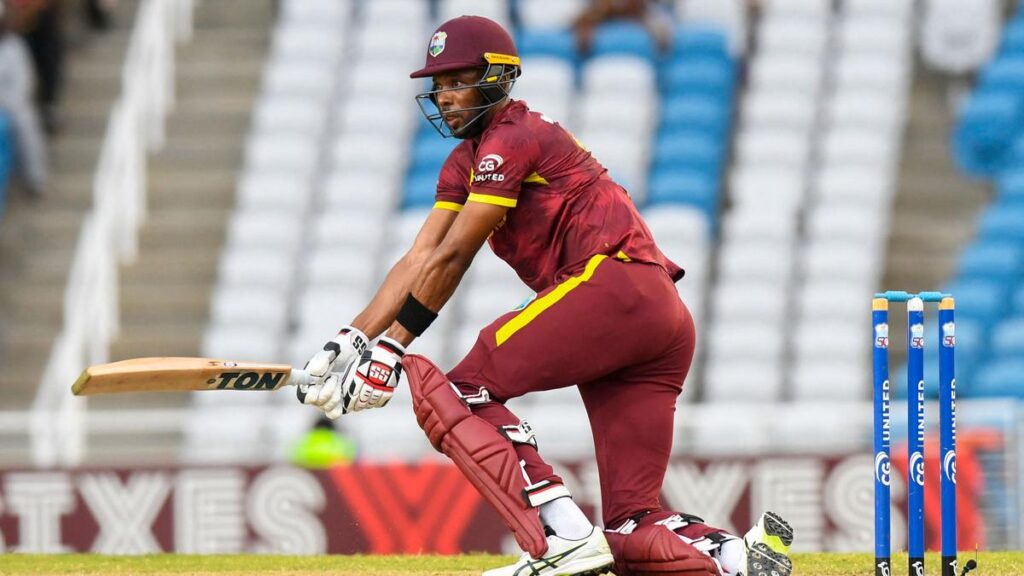The Decision Review System (DRS) has turned cricket into a game of intricate calculations and narrow advantages—a fertile ground for shrewd bettors. With Oddsportal2 Live Cricket at your fingertips, you’ll not only track fluctuating odds but also decode the subtle rhythms of review strategies. This deep dive goes well beyond DRS basics, examining umpire quirks, team tactics, and statistical tendencies so you can anticipate review calls and pinpoint ideal moments for lightning-fast micro-bets.

How Umpire Histories Influence Close Calls
Every umpire carries a pattern: some lean conservative on LBW appeals, while others adopt a more liberal “not out” stance when the on-field call goes in favor of the batter. By logging each official’s past decisions in similar contexts—day/night matches, under overcast skies or on spin-friendly wickets—you can spot trends. For instance, Umpire A may reject 70% of first-innings LBW challenges, yet approve 60% of second-innings caught-behind reviews. Recognizing that split can inform whether a review is likely to succeed and when odds will shift dramatically.
Strategic Timing for Review Usage Plans
Teams rarely deploy reviews randomly. In tight T20 clashes, you’ll see captains guard their DRS chips during power plays, reserving them for death-overs LBW shouts. In Tests, reviews cluster around session breaks, anticipating fresher ball behavior. Bettors tracking live streams via Oddsportal2 Live Cricket can flag these junctures—say, over 30 in an ODI or session start in a Test—when review odds plummet or surge. Betting just before these anticipated review windows captures market inefficiencies before odds recalibrate.
Comparing Appeal Types and Success Likelihood
Not all appeals share equal success rates. Historical data shows caught-behind referrals clear the threshold around 55–60% success, whereas marginal LBWs hover closer to 40%. Spin-induced LBW appeals dive as low as 30% when ball-tracking uncertainty increases. Combining these figures with venue-specific metrics—subcontinental pitches favor spin reviews, lowering confidence intervals—offers a refined map of where to back or lay the “review success” lines. Oddsportal2 Live Cricket’s in-play interface lets you compare live probabilities against these baselines for quick advantage.
Spotting Patterns before Decision Referral Moments
Astute bettors become pattern-spotters. Notice when bowlers angle in repeatedly and the batsman tweaks his guard: these cues often precipitate appeal flurries. Similarly, slip fielders milling around suggest an impending caught-behind shout. By correlating such live micro-behaviors with historical decision timings, you can preempt when an umpire will halt play. Placing a micro-bet on “next review” just before these giveaways can yield odds several ticks higher than post-appeal markets.
Leveraging Micro Betting on Review Outcomes
- Micro-betting requires quick action due to rapid market shifts after a review is signaled.
- Successful bettors use pre-defined staking rules, such as sizing bets to achieve a 10% ROI when review odds exceed a set threshold, to manage volatility.
- Splitting stakes between “review called” and “review upheld” markets helps to hedge against unexpected outcomes.
- Utilize tools like Oddsportal2 Live Cricket for low-latency, multi-market order entry. This ensures bets are placed at the exact moment of an umpire referral, before public betting drives down odds.
Harnessing the DRS game within the game demands meticulous data-gathering, pattern recognition, and split-second decision-making. By integrating umpire profiles, team tactics, appeal success probabilities, and live cues, you’ll transform each DRS incident into a calculated wagering opportunity on Oddsportal2 Live Cricket—elevating your in-play strategy well beyond mere guesswork.
